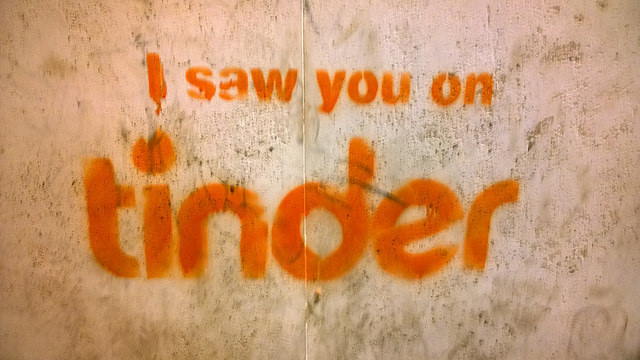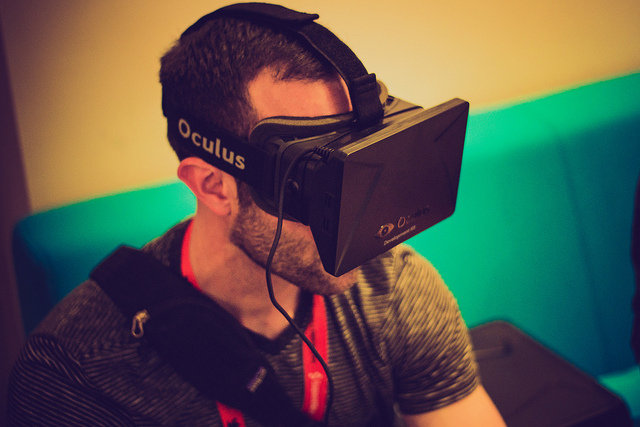
While the gender gap in time spent on household chores is slowly declining, ideas about women as the primary caretaker of the home and caregiver for the children is still very present. These ideas in turn influence how men and women feel about parenting. A recent Huffington Post article features a new study that found mothers report more stress and fatigue than fathers. The researchers attribute this to the division of parenting tasks — married mothers are more likely to mange basic childcare tasks and are more likely to be alone with children, while married fathers are more often in charge of children’s play and leisure activities. Moreover, even when moms have leisure time, they are more likely to be interrupted or to report multitasking during this time.
According to sociologist Ann Meier,
“Having data systematically collected from thousands of parents allows us to confirm what parents have known for years — that parenting is meaningful but also stressful and tiring. Many mothers will recognize their experiences of interrupted sleep and daily feeding and bathing. Hopefully, many dads will see that their partners will likely be happier if they trade some of their leisure time with kids for more of the ‘work’ of parenting.”









